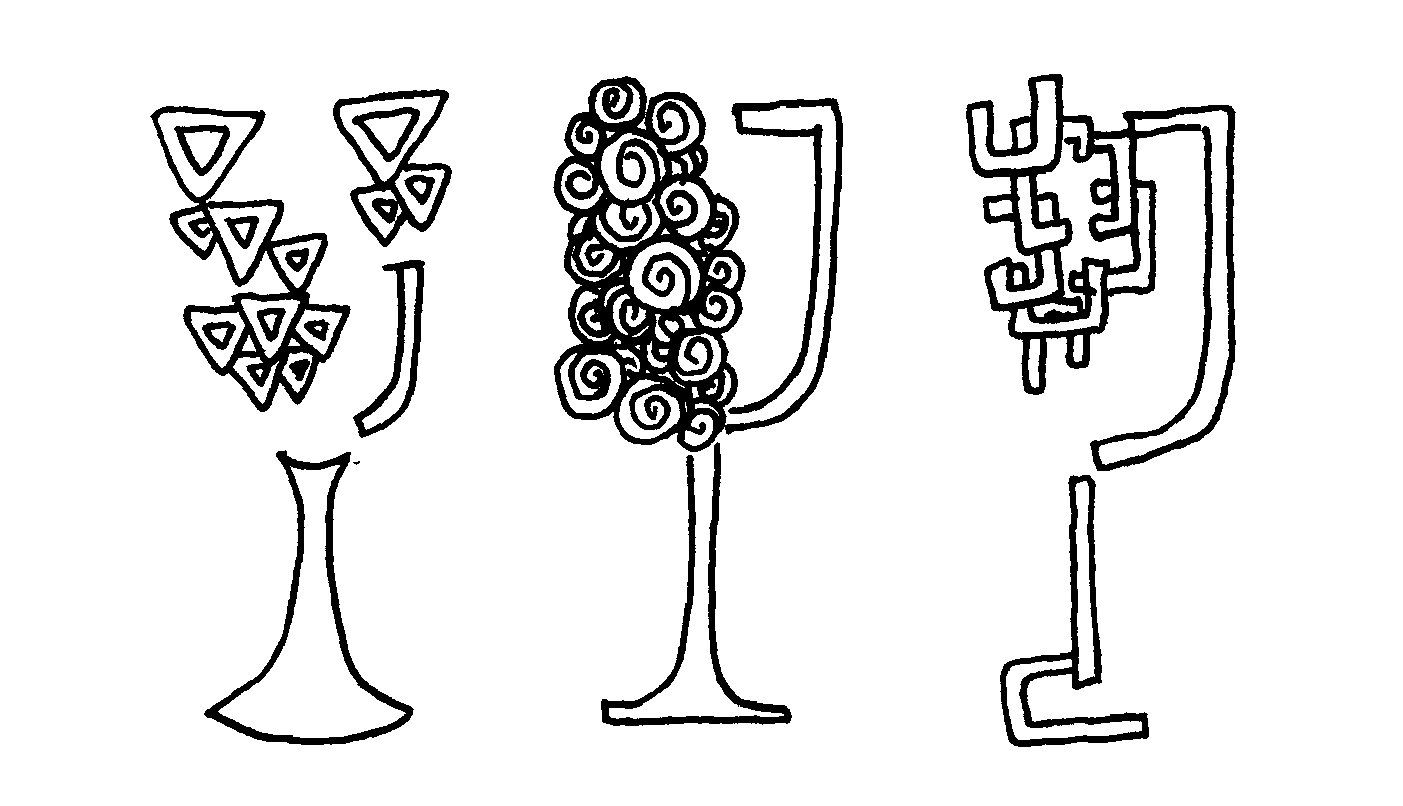Chardonnay: The Wine World's Chameleon
Did you know…
Chardonnay is considered a “neutral” grape variety?
In other words, it doesn’t have TONS of flavor all on its own. Instead, its taste is extremely malleable and varies dramatically depending on where it's grown and winemaking style.
So what creates that Flavor Flav in your Chards? ⬇️
CLIMATE:
Warm climate Chardonnay can taste like very ripe tropical fruit (think fruit that’s been left out in the sun on a hot summer day)—think mango, pineapple, banana, fig, guava. (Much of California, Australia, South Africa, Southern Italy and Sicily.)
Cooler climate Chardonnay takes on leaner, less ripe (think fruit that’s been picked a bit too early and it’s still a bit green) and more tart flavors like green apple, citrus, pear or under ripe plum. (France, Oregon, Northern Italy.)
OAK:
Oak imparts lots of rich flavor to a wine. American oak (often used in those stereotypical California Chardonnays) is much stronger, tasting like vanilla, coconut, and sometimes dill. French oak (used in Burgundy) is more mellow and the flavor bends more toward spices like nutmeg and clove.
Unoaked Chardonnays are fresh, clean, and crisp and those fruit flavors (see tasting notes in the “Climate” section) stand out more because there is no oak flavor to cover them up!
MALOLACTIC FERMENTATION:
Ok, if you want to get real fancy, this is a secondary fermentation that is common in winemaking. It takes the tart malic acid (think green apple) and turns it into a softer lactic acid (think milk). Chardonnays that have undergone this secondary fermentation are creamier, softer, rounder, and have more of the buttery-ness that coats your mouth.
All this to say…
All Chardonnay is not your Grandma’s Chardonnay (i.e. big and buttery oak-bombs—though there is a time and a place, and I always like to stick a few ice cubes in mine 😉).
Take a jump and explore the world of Chardonnay (try something from Northern Italy or Jura or the Loire Valley), and you might be pleasantly surprised!








Viognier is a white grape variety that doesn’t get talked about *too* much, but let me tell you what, Viognier definitely stands out among the crowd. Could it be your new favorite flower-child varietal?